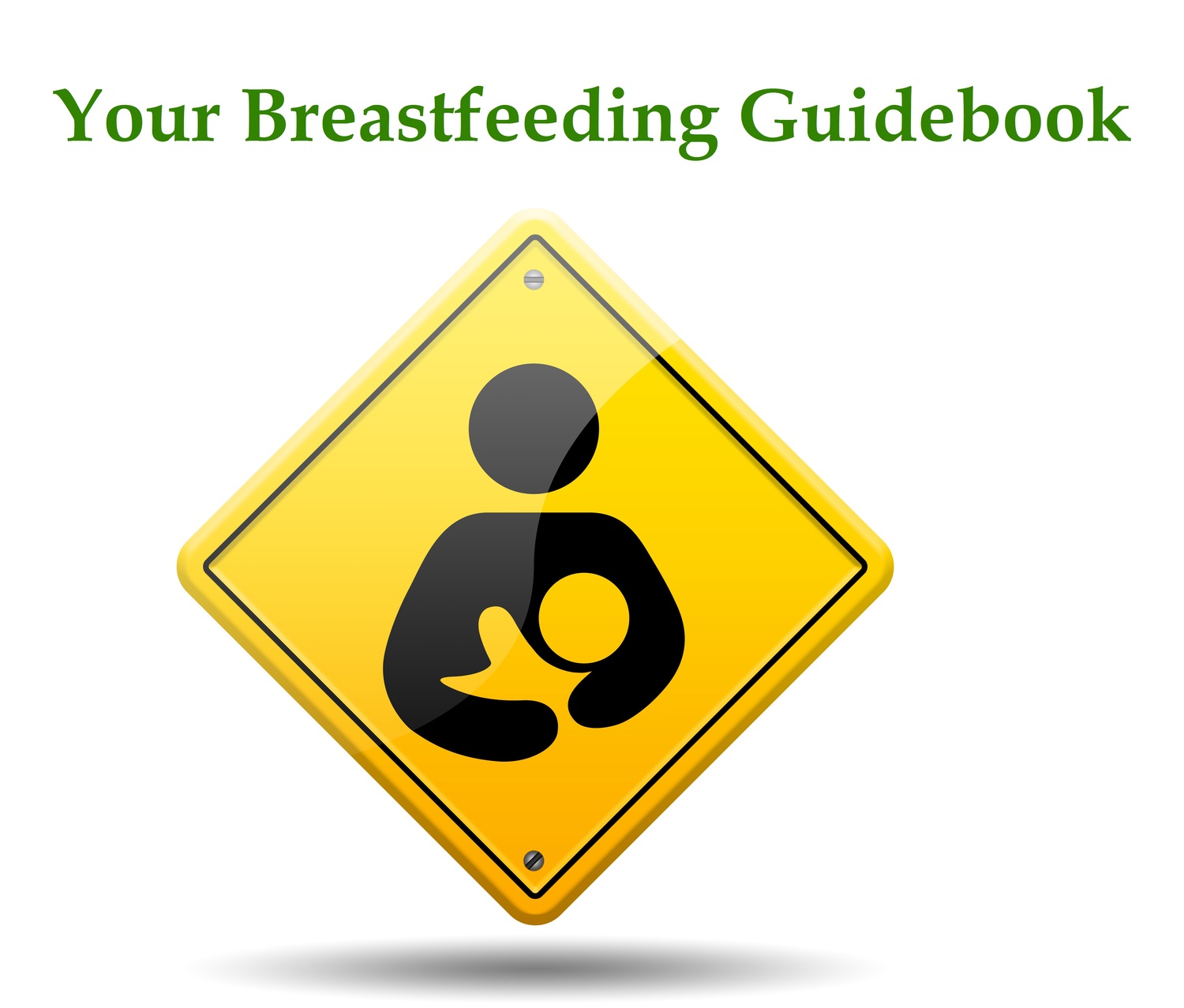Marriage Equality Day
Happy Marriage Equality Day for all my readers in same-sex marriages and partnerships! Today the United States recognized same-sex marriage nationwide.
In honor of today I'd like to share an excerpt from my book. While all breastfeeding mothers, regardless of relationship status, will find pearls of wisdom throughout the book, moms co-parenting with other moms will want to reflect on some special considerations. For some, being a breastfeeding mom co-parenting with another mom can be a bonus in the world of milk-making:
As a mother parenting with a female partner you have the unique opportunity to decide whether or not both of you would like to breastfeed. Perhaps you have already decided that you will both breastfeed. Perhaps only one of you wants to be the breastfeeding mom while the other takes on a supportive role in the feeding process. Maybe you haven’t thought about your breastfeeding roles yet.
If you and your partner are adopting your child and plan to breastfeed, then one or both of you will need to induce lactation. In this case, there is a distinct advantage to convincing your partner to breastfeed along with you. Two breastfeeding mothers means twice the volume of milk for your baby. This also gives both you and your partner the bonding experience of breastfeeding, a particularly desirable experience since you will both be eager to help your little one adjust to a new family.
If you and your partner are becoming parents by having one of you give birth to your baby, then the roles in terms of nursing will be more clearly defined. For the sake of example I will assume that you are the mother who will be pregnant (the gestating mother), though the situation could just as easily work with the roles reversed.
During your pregnancy your breasts will go through the normal changes that I described in the previous chapter. When you give birth, your body will be ready to start milk production. Unless you have a particular reason not to breastfeed, you should nurse your child. If your partner does not feel comfortable breastfeeding then she will take on the supportive role in the breastfeeding process. This does not make your partner a lesser parent; she will have plenty of important responsibilities in caring for you and co-parenting your child while you breastfeed.
If your partner plans to induce lactation then she should time this strategically around your pregnancy. If she is using hormones then she should start them as soon as possible when she learns that you are pregnant. She should stop the hormones about two months prior to your due date. Her goal should be to have her production up to the highest level possible prior to your baby’s arrival.
No matter how you and your partner plan it, you may find yourselves in an advantageous position of having two nursing mothers available for one hungry baby. This helps take some pressure off of you. But don’t let that lull you into a false sense of security; remember that your milk supply is based on a system of supply and demand. If you and your partner split breastfeeding duty equally between you, then you will find that you each have half the normal supply of milk. To avoid this situation, you will have to pump each time that your partner nurses in order to keep your own supply up. You and your partner should discuss your nursing strategy in advance to avoid low supply or stressful misunderstandings after your baby arrives. One popular strategy involves having the gestating mother nurse often while the non-gestating mother either primarily or exclusively pumps her milk.
